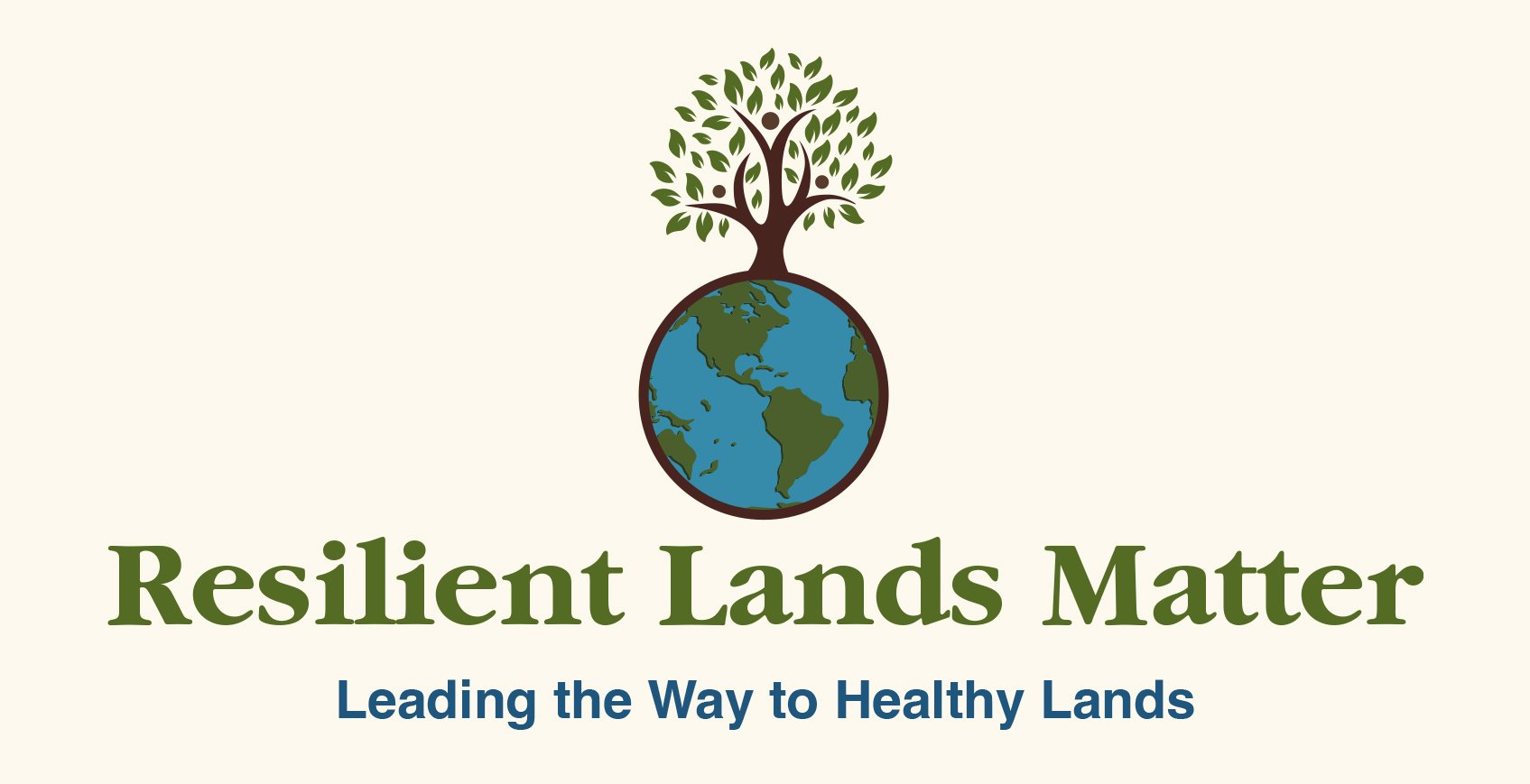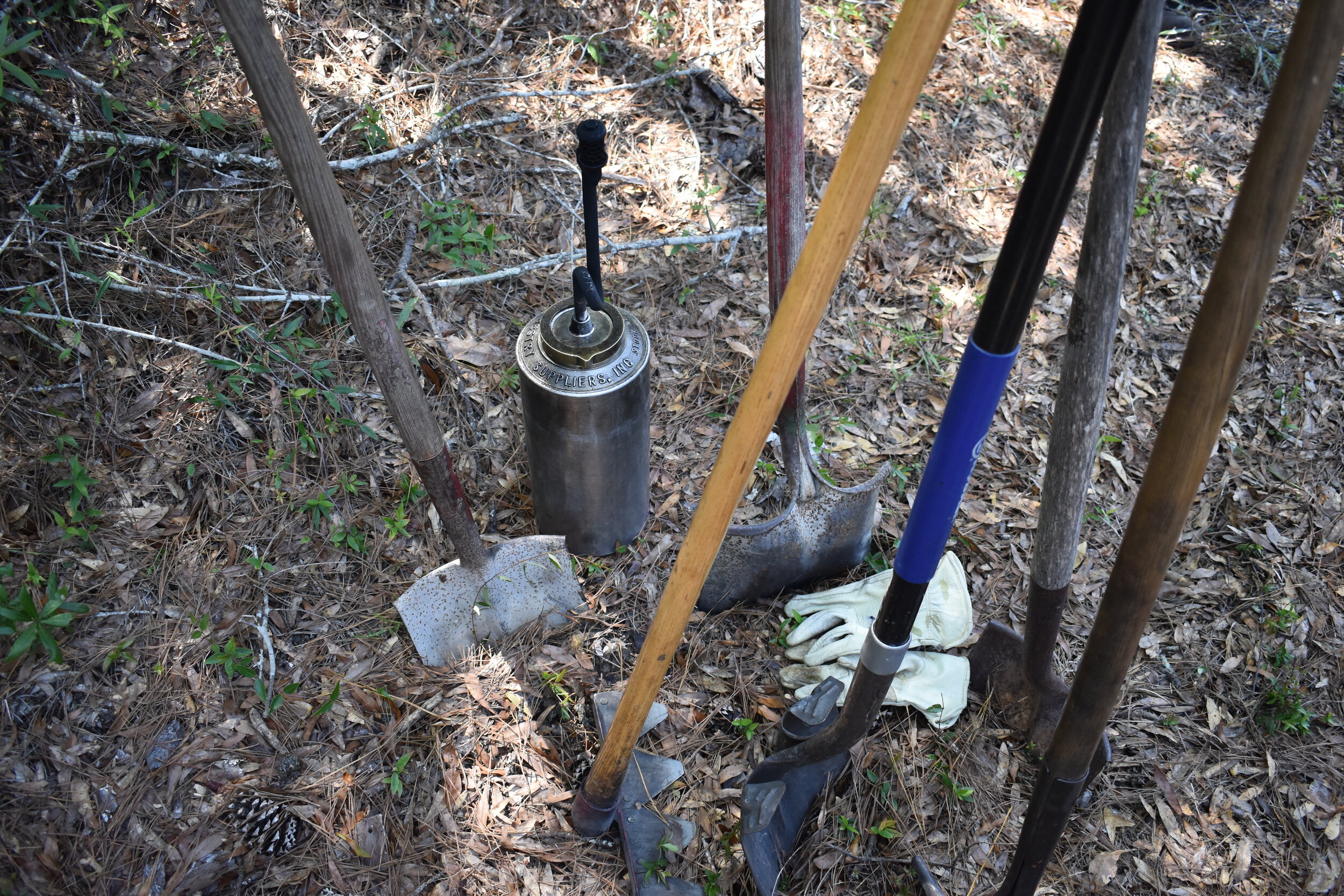Stakeholder Engagement Ecosystem
Ultimately, the public benefit lens is explicit to demonstrating community impact as part of metrics of success and KPIs.
With 30 years of planning, policy, site based management, community engagement is fundamental and core to the ethos behind “Leading the Way to Healthy Lands”. This work is service based, working to elevate critical solutions and leverage new funnels of funding for meaningful and transformative change.
Lowest hanging fruit to improve risk mitigation across the State- is more simple than one would think. We can help build those bridges of understanding
Below is Resilient Lands Matter’s three-part Stakeholder Engagement Ecosystem model.
This model explores how decision-makers interact, and the influence/potential influence informally assigned to different roles.
In Step 1: we conduct a feasibility assessment, to map out the ecosystem of decision making, as it relates to allocation of money, information and influence. The inclusive model below captures the complexity of community engaged planning and policy.
There are many ways the model is systemically dysfunctional, with siloes and disconnects between the stakeholders and their shared access to resources.
Understanding the inefficiencies, allows us to lay out a more effective and holistic path forward.
Understanding how interconnected land, economic wealth and private property laws are with the founding and colonization of the Carolinas, gives us a niche and nuanced holistic solution based approach.
Inclusive stakeholder engagement considers both those impacting the outcome of decisions and those who are impacted by decisions.
If the web below seems complicated that’s because it is, but in reality it is actually much more complicated than depicted. Interactions are never quite as straight forward as the arrows imply.
To read the below web look to any of the circles representing a decision-maker the arrows leading away from them are their influences on other decision makers.
An example is the funding community funds NGOs (the purple arrow leading from ‘Funding Community’ to ‘NGO’), and land owners have the ability to make choices about what businesses to hire and give patronage to.
Arrows going towards a decision maker show influences that other decision makers have on them.
Part 3 of the model displays the flow of influence, money, and information. To read these, start with the green arrows followed by the yellow and the red to understand how these essential resources move (or do not move) throughout communities. A chokehold occurs when any of these three flows are disconnected between stakeholders.
Educate Students + Schools
conservation for community benefit
The Big Why
The questions we answer are less about the “how to” do on the ground restoration.
There are plenty of resource professionals and partners to do that.
The questions we answer for communities are “why” they should care, and where to prioritize allocation of resources for amplifying resiliency based impact.
We love talking about intersectionality of education, environment and economy;
why native plants are the solutions to so many community problems-
insect biodiversity loss,
improved water storage on site and
recharge to underground aquifers
bird food,
foundation for a circular economy that supports landowners of all sizes and ownership to understand the essentials aspects of nature based solutions.
And the opportunity to grow new pipelines of talent in conservation and working landscape based industries.
how to be resilient beyond labels and empty promises, resiliency is a blend of culturally authentic “grace, grit and gratitude” that respects the wisdom of the elders and prays for the health of the grandchildren and the lands they need to live in harmony.
how to connect to a local landscape and restore your core vitality in reciprocity with being in awe of the world of natural abundance.
In the meantime, get in touch
Be the key to the future of our natural landscapes. We provide information to help teachers, students, families, C-Suite Industry, local and state based landowners understand their options to protect, restore and monetize conservation for the good of all.
Book for Speaker ▸
MY WHY: I am mother of 3 daughters born in SC. I combine a heart centered approach to community engagement, blending executive leadership with my cognitive, collaborative and intuitive healing gifts to embody a resilient mindset. My hope is to promote a greater appreciation for the river corridors, as a living system. I promote a collective pride of cultural heritage as a conscious act of understanding the good, bad and ugly of our shared relationships with the natural landscapes, especially the Lowcountry Rivers.
Mission driven by truth and transparency, she identifies as a Cultural Conservation Strategist, Author, Speaker, Educator, Nature Based Solution Advocate, Impact Investment Advisor, Community Capacity Thought Leader.
With 30 years of case studies, funding innovative solutions and driving landowner/community engagement
Permanently protected and/or restored over 35,000 acres of culturally complex and ecologically rich lands, including hundreds of miles of stream and river corridors.
Speaker at the ASLA Landscape Architecture National Convention: “Heavy Lifting, How Conservation Lands Can Embed Climate Resiliency at the Regional Scale”.
She collaborates with State and Local leadership and community groups, to identify and green Infrastructure opportunities to drive more inclusive professional development opportunities.
From a spiritual perspective, she holds a deep understanding of systemic and generational trauma of the many under-resourced and disadvantaged descendent communities, often pushed to living in the margins of historic floodplains.
Professionally, the landscapes she works in have deep histories often related to pre-Revolutionary Colonization Imperial Strategy. The Ashley, Combahee, Ashepoo, Savannah, Edisto and other rivers weave those stories together.
Her experience in Beaufort as the Long Range Planner in 1995, afforded her the opportunity to drive an inclusive community engagement process for SC’s first comprehensive plan including being active in the Penn Center Sea Island Initiative with Sea Island elders.
She successfully implemented the State’s first River Overlay Buffer Ordinance, protecting the expansive marshes and creeks of the St. Helena Sound, to benefit the Gullah Geechee heritage and connection to healthy waterways.
Co-authored: Brabec, Elizabeth and Richardson, Sharon, "A Clash of Cultures The Landscape of the Sea Island Gullah" (2007). Landscape Journal. 48. https://scholarworks.umass.edu/larp_faculty_pubs/48.
Authored ACE Basin Case Study, Chapter 12, in Protecting the Land: Conservation Easements Past, Present and Future , Julie Ann Gustanski and Roderick H. Squires, editors, Island Press, 2000.
A long time advocate for environmental and social equity and gender justice, she focuses on landowners and communities in high priority river watersheds and floodplain communities, to understand and remove barriers to investment in green infrastructure and incentivized solutions that benefit the greater public good.
Moving “Resiliency Beyond the Rhetoric” and into empowerment, action and lasting legacy of appreciating impacts.
The SC legacy of her daughter’s births bind her maternal tenacity with her professional passion: protecting the river corridors and the stories of the people who have lived because of the rivers, from the indigenous, to the formerly enslaved, to present day communities.
All to build healthy bridges for cultural pride and heritage with improved equity and justice of future generations. www.landsmatter.org





